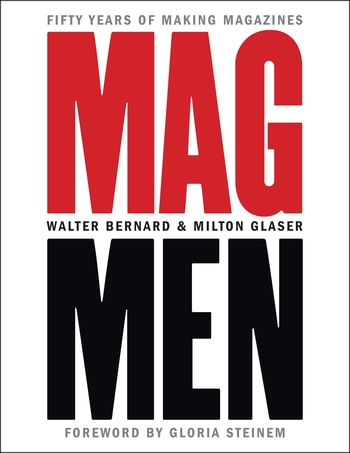In Memoriam: Milton Glaser (1929-2020)
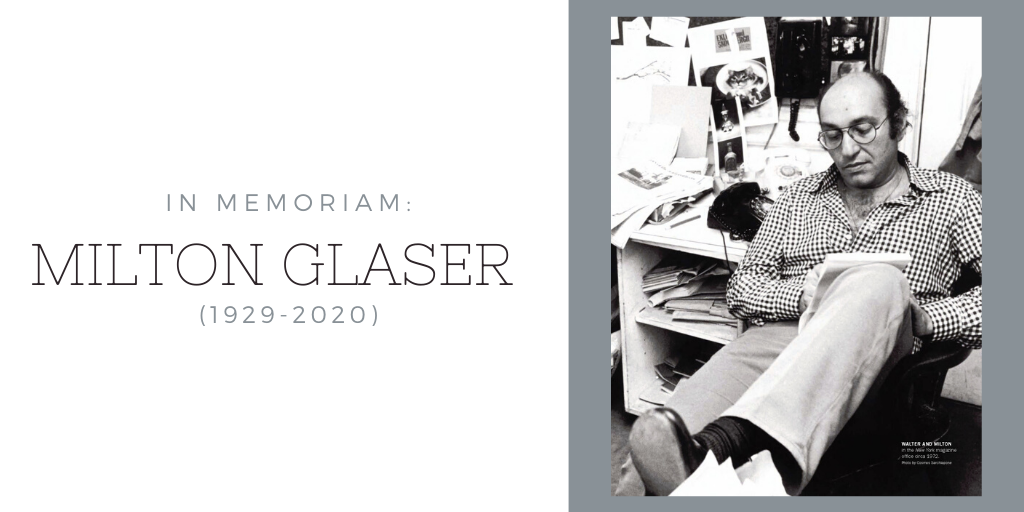
We are very sad to learn of the recent passing of legendary graphic designer Milton Glaser. Columbia University Press was fortunate to be the publisher of Mag Men: Fifty Years of Making Magazines, which Milton co-authored with Walter Bernard. In the book, Milton and Walter look back at their extraordinary work in magazine design and publishing. Milton and Walter’s partnership produced work that remains innovative and exciting, even as it addressed the specific needs of their many magazine clients. Indeed, throughout his career, Glaser designed numerous covers as well as revolutionized the overall look of magazines around the world.
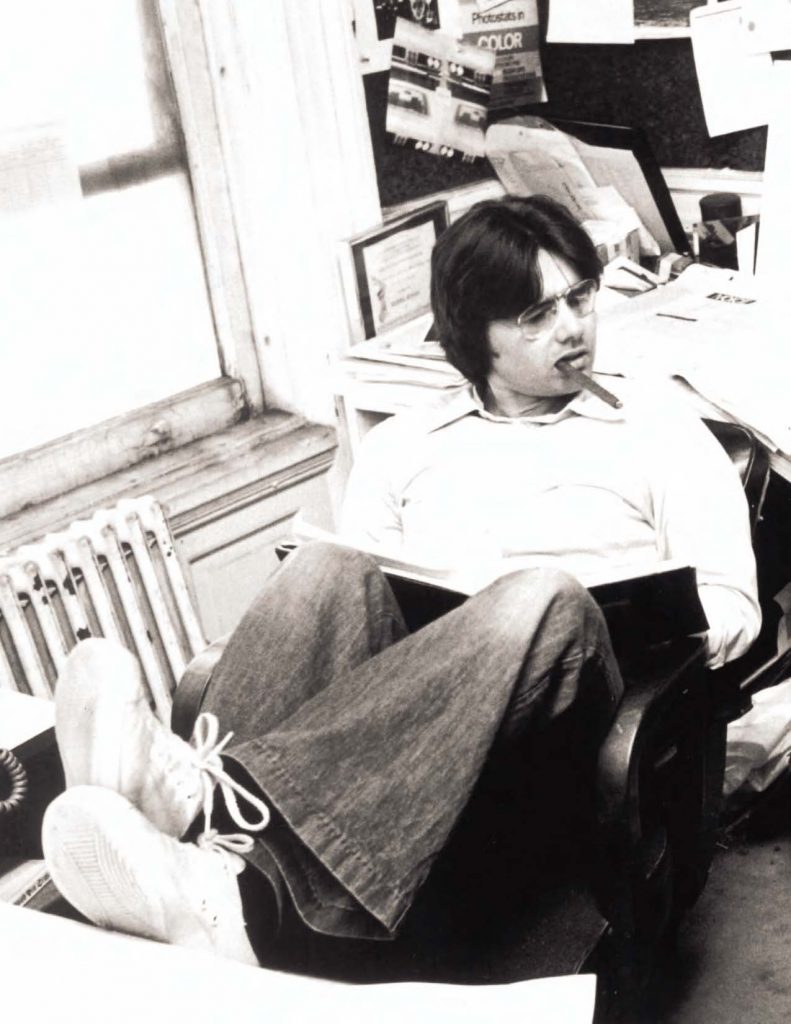
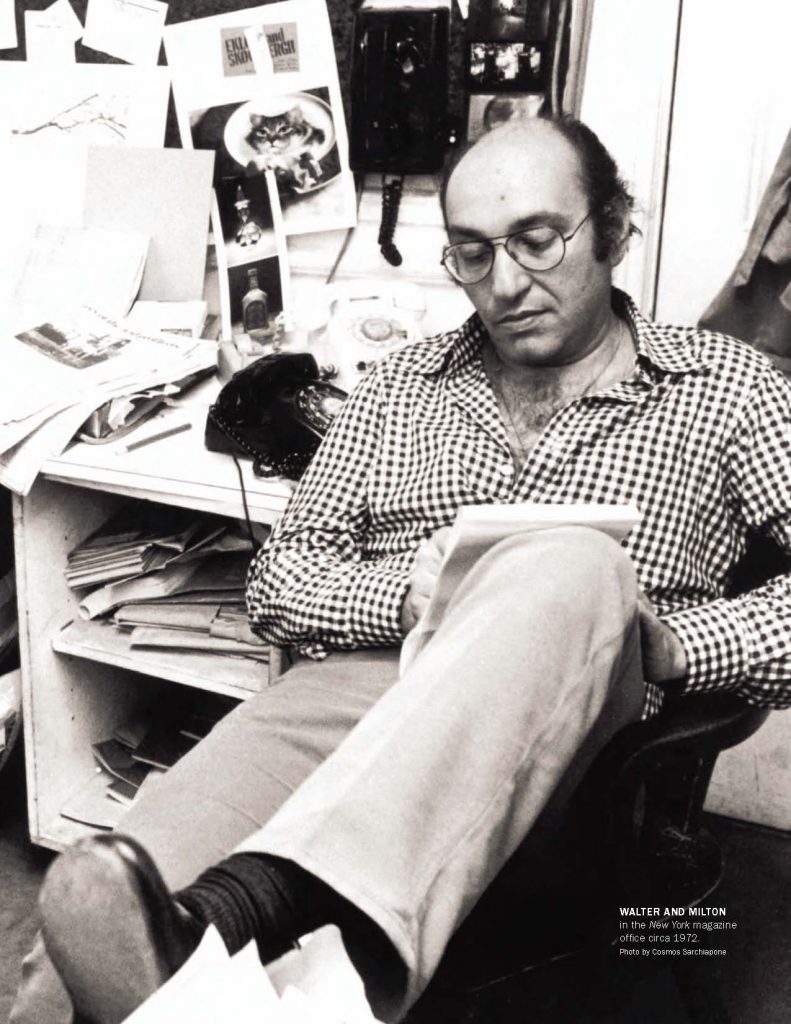
Most famously, Milton was—along with Clay Felker—the co-founder of New York Magazine. From 1969–1977, New York Magazine published some of the most important stories and journalists of the day. Likewise, in addition to their own work, Milton and Walter gave many established and emerging designers the space to create layouts that pushed magazine design in new directions. The look of the magazine was dynamic, innovative, humorous, and sometimes shocking (all attributes that could be said about Milton’s work as well).

One of Glaser’s singular attributes was his generosity, both as a person and as a designer. Looking through his work in Mag Men, you see a designer not trying to impress with his virtuosity but rather one engaging the reader by thoughtfully bringing together word and image in new ways. Milton frequently referenced Horace’s quote on the poet’s aim to “inform and delight” and that resonates in Glaser’s magazine work, which, by the way, also includes his work as restaurant critic. Along with Jerome Snyder, Glaser wrote “The Underground Gourmet,” which changed the way we talk about food by becoming the first food column to highlight the marvelous cheap and ethnic restaurants in New York City.
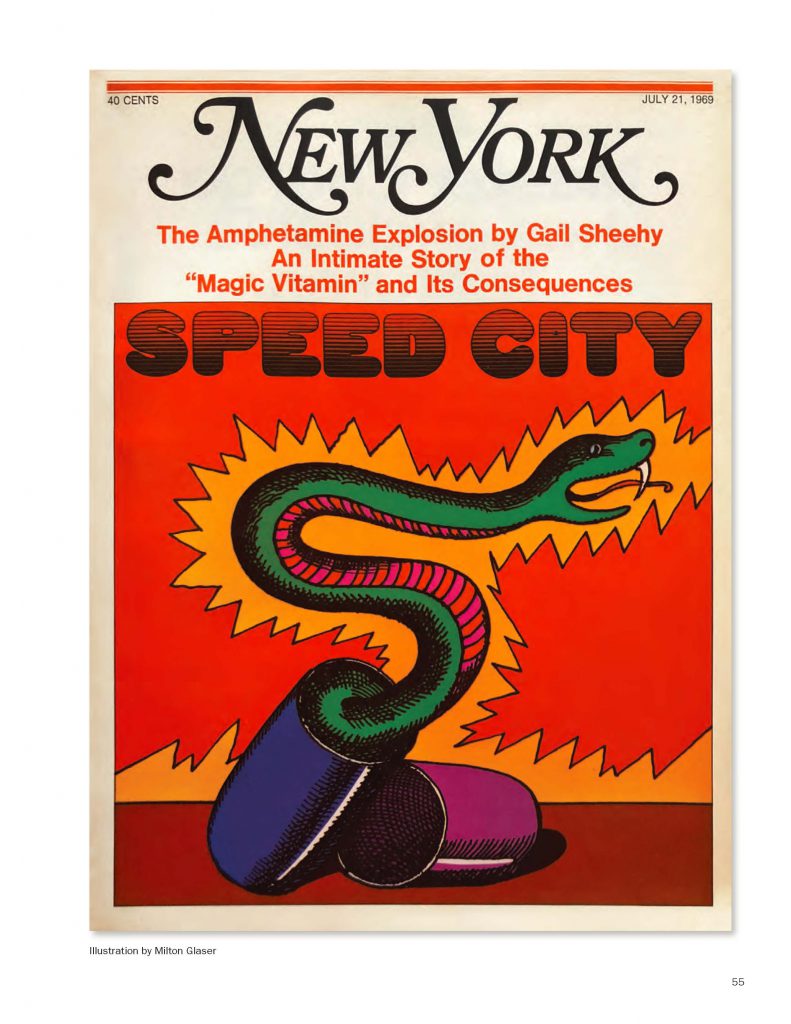
In addition to celebrating the design work of Milton and Walter, Mag Men is a book about the joys and importance of collaboration. Milton and Walter not only formed a remarkable partnership but also oversaw and encouraged the work of many other designers and writers. Whether at New York or their studio, they fostered a sense of fun and adventure with those they worked with. In their introduction, which was excerpted in AIGA Eye on Design, they write, “At New York especially, it was a sense of collaboration that bound us and made the experience so satisfying. In some ways, we retain a relationship to all of those who ever worked there. We shared that moment in time; the sense of purpose and affection made us a community.”

Needless to say, Milton’s influence reached far and wide, and two events related to the publication of Mag Men attest to how much he meant to so many people. The first was a conversation with Milton and Walter at the School of Visual Arts (SVA) moderated by Anne Quito. Speaking to a packed audience of young graphic design students and New Yorkers of all stripes, Milton shared his beginnings as a graphic designer, anecdotes about his career in magazines, and his belief in the importance of being open to new ideas and having a sense of joy and community in your work.
The second event was a book launch, which included old friends and magazine professionals, ranging from young designers to venerated editors, that Milton worked with throughout his career. Unfortunately, Milton was not well enough to attend in person, but via Walter’s iPhone, he called in to the party to thank guests for coming and supporting the book. Milton’s distinctive voice held everyone’s attention, as did his obvious affection and appreciation for those he had worked with. We doubt anyone there, even the most grizzled of journalists, was not moved by Milton’s words.

Indeed, in addition to his brilliance as a designer, Milton was always compelling to listen to, as is evident from the many video interviews available on his website and elsewhere online. As with his designs, and all our interactions with him at the Press, Milton spoke compellingly, directly, sincerely, and with humor about his work.
Even before Milton’s death, there was a sense of wistfulness about Mag Men. The days of magazine publishing so thoughtfully and lovingly documented in the book are likely gone as print publications increasingly migrate online or are forced to close. While magazine journalism and design will continue to change, we hope that Mag Men, in its preservation and celebration of Milton’s work, serves as not only a resource but also an inspiration for years to come.
As we mentioned, there are many excellent videos featuring Milton. Below is one from a few months ago that, in his own words, encapsulates his career and view on graphic and editorial design:





